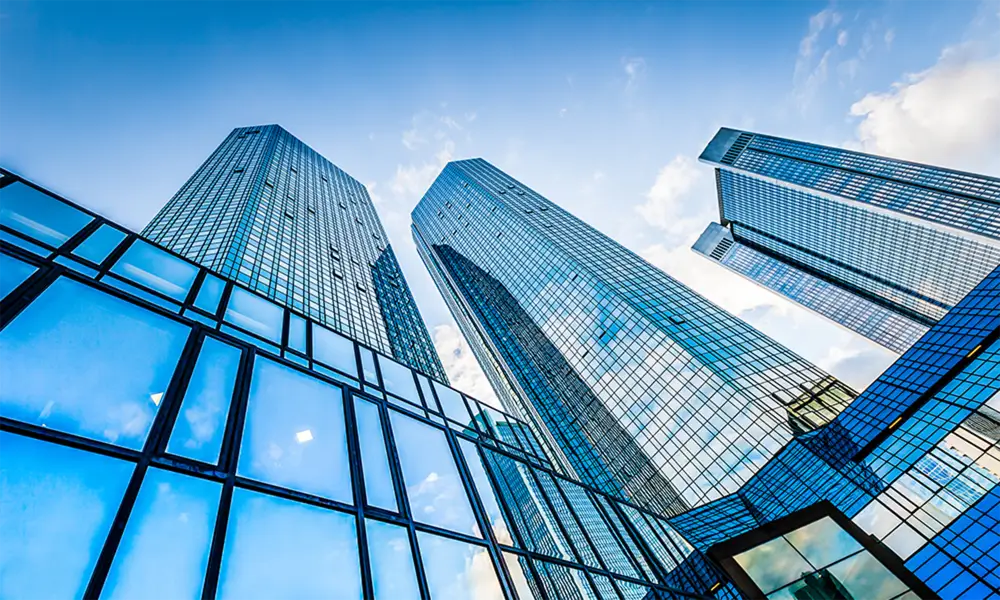

Understanding Soft Coat Low-E Glass Benefits and Applications
In the realm of modern architecture and building design, energy efficiency has become a priority for both residential and commercial spaces. One of the most significant advancements in this field is the development of Low-Emissivity (Low-E) glass, particularly the soft coat variation. This article explores soft coat Low-E glass, its features, benefits, and various applications, highlighting its importance in sustainable building practices.
What is Soft Coat Low-E Glass?
Soft coat Low-E glass is a type of insulated glazing that is coated with a microscopically thin layer of metallic oxide. This coating is applied to the glass surface during the manufacturing process while the glass is still in a controlled environment, which allows for a softer, more effective coating compared to its counterpart, hard coat Low-E glass. The soft coat method results in enhanced performance, especially in terms of thermal insulation and solar control.
Key Benefits of Soft Coat Low-E Glass
1. Energy Efficiency One of the primary advantages of soft coat Low-E glass is its ability to reflect infrared radiation while allowing visible light to pass through. This characteristic significantly reduces heat transfer, helping to maintain a comfortable indoor temperature without over-reliance on heating or cooling systems. As a result, buildings utilizing this glass can achieve lower energy consumption, leading to reduced utility bills.
2. Thermal Comfort By minimizing heat loss during cold months and reducing heat gain in the summer, soft coat Low-E glass provides significant thermal comfort. This feature is particularly beneficial in regions with extreme temperature fluctuations, ensuring consistent indoor conditions year-round.
3. UV Protection The thin metallic layer of soft coat Low-E glass also offers protection against ultraviolet (UV) rays. While visible light passes through, harmful UV rays that can cause fading of furniture, carpets, and artwork are significantly reduced. This quality not only helps preserve the aesthetic appeal of interior spaces but also protects valuable possessions.
4. Condensation Resistance Soft coat Low-E glass improves condensation resistance by maintaining a higher surface temperature on the interior side of the glass. This characteristic minimizes the chances of moisture build-up, preventing mold growth and enhancing indoor air quality.

5. Enhanced Aesthetics The clarity and light transmission qualities of soft coat Low-E glass are superior to other glazing options, providing unobstructed views and a bright, welcoming atmosphere. This aesthetic appeal makes it an advantageous choice for architects and designers looking to enhance the overall appearance of a building.
Applications of Soft Coat Low-E Glass
Soft coat Low-E glass is versatile and can be utilized in various applications, including
- Residential Windows Homeowners can benefit from energy-efficient windows that enhance comfort while reducing energy bills. This glass type is increasingly popular in new constructions and renovations alike.
- Commercial Buildings Many commercial buildings are now incorporating soft coat Low-E glass for their curtain walls and facades. The performance benefits pair well with the need for modern, sleek building aesthetics.
- Structural Glazing The durability and thermal efficiency of soft coat Low-E glass make it an excellent choice for structural applications that require large spans of glazing.
- Skylights and Canopies Soft coat Low-E glass is ideal for skylights and canopies, ensuring natural light infiltration while controlling heat gain and loss. This characteristic enhances the overall energy efficiency of spaces by maximizing daylight and minimizing artificial lighting needs.
Conclusion
Soft coat Low-E glass represents a significant advancement in glazing technology, offering a multitude of benefits that align with the growing focus on sustainability and energy efficiency in building design. Its ability to optimize thermal performance, enhance comfort, protect against UV rays, and maintain aesthetic appeal makes it a preferred choice for architects, builders, and homeowners alike. As we continue to face environmental challenges, the adoption of innovative materials like soft coat Low-E glass will play a crucial role in creating energy-efficient buildings that contribute to a sustainable future.